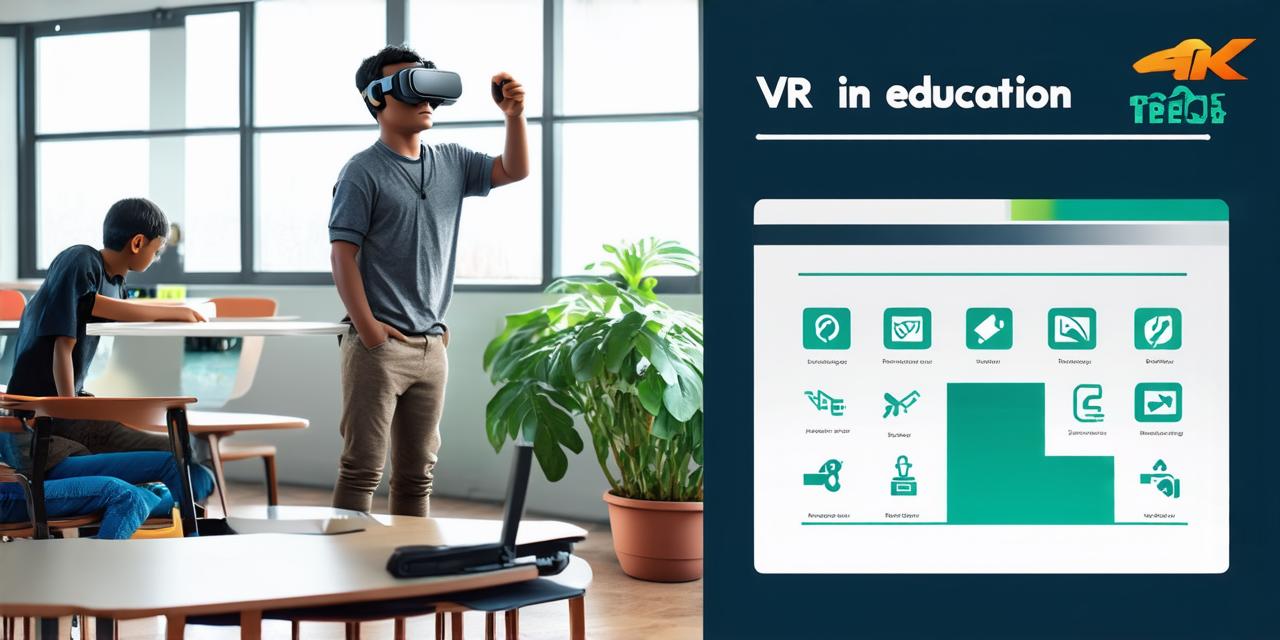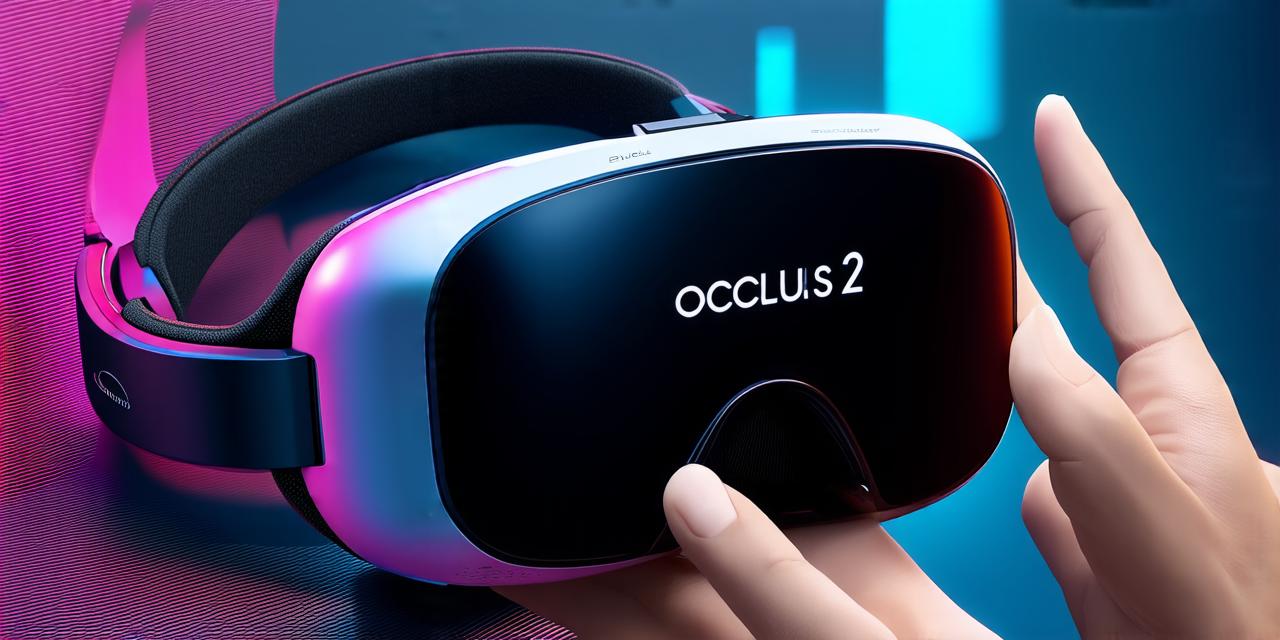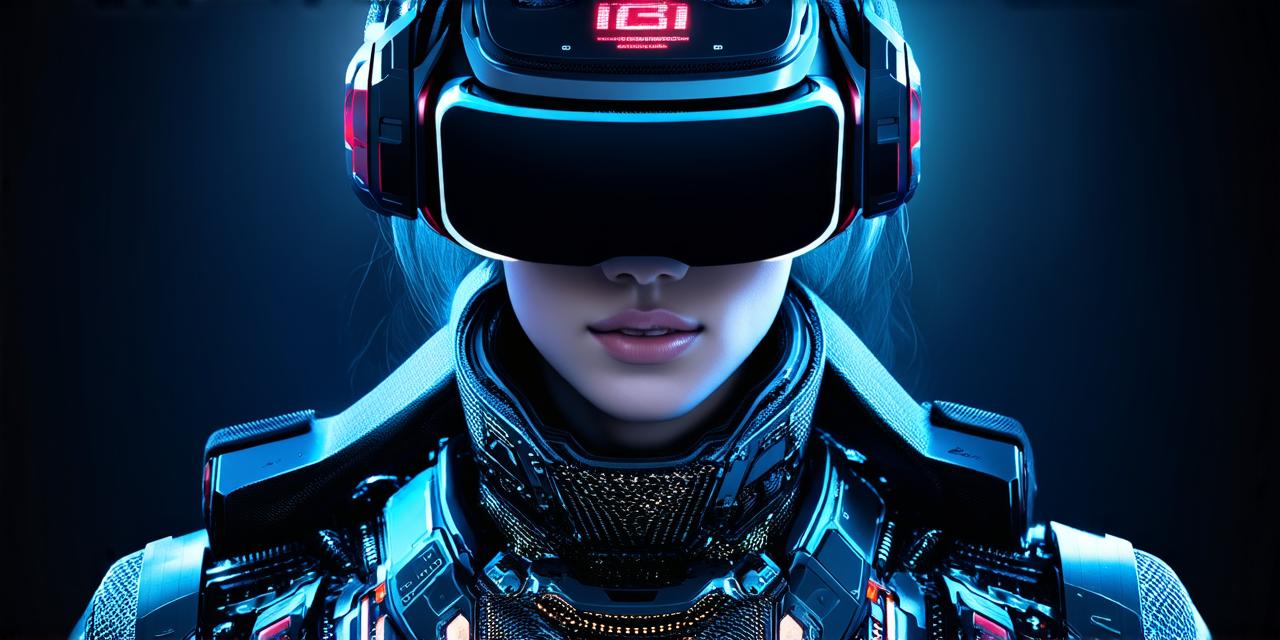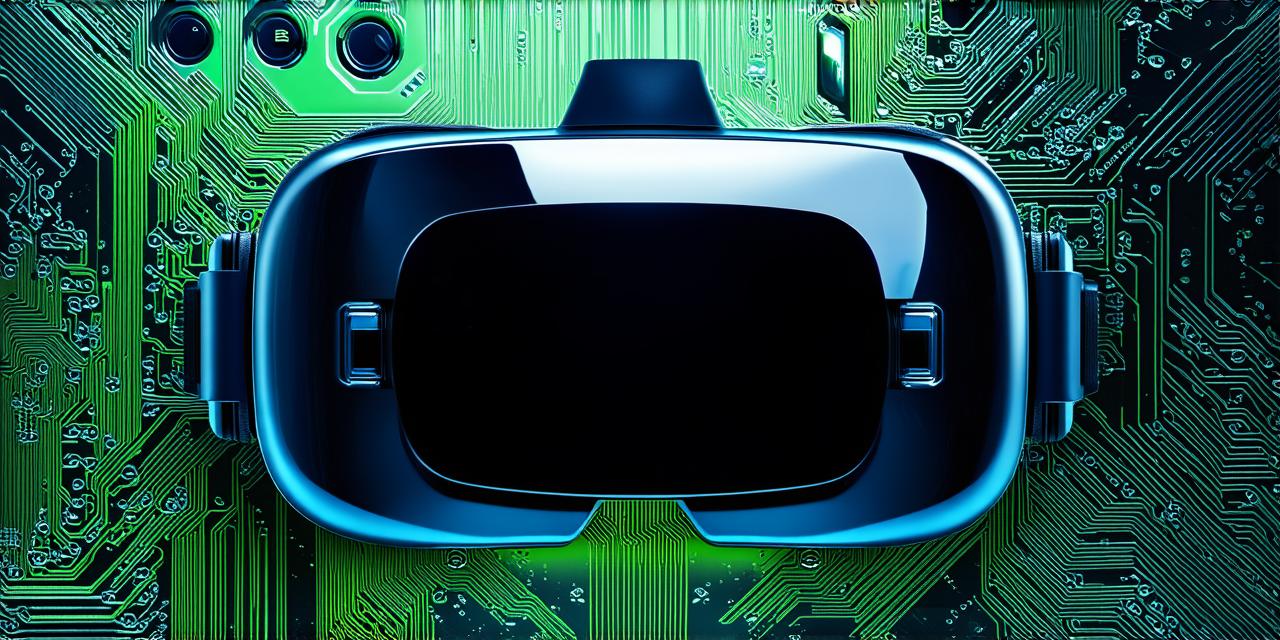Benefits of Virtual Reality in Education
Virtual reality offers several advantages over traditional classroom learning methods. Firstly, it provides a more engaging and interactive learning experience. Students are immersed in a virtual environment that can simulate real-world situations, making the learning process more fun and enjoyable. This engagement increases the likelihood of knowledge retention and motivates students to learn more.
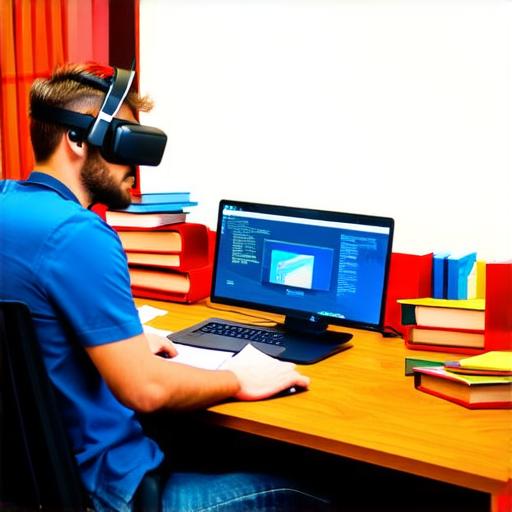
Secondly, virtual reality allows for personalized learning experiences. Each student can learn at their own pace and level, without being constrained by a traditional classroom schedule. This customization ensures that each student receives the attention they need and helps them develop at their full potential.
Thirdly, virtual reality provides access to resources and experiences that may not be available in physical classrooms. For example, students can take virtual field trips to historical or scientific sites without ever leaving the classroom. This access to new information and perspectives expands students’ knowledge and opens up new possibilities for learning.
Case Studies of Virtual Reality in Education
There are many examples of virtual reality being used successfully in educational settings. One such example is the use of virtual reality in medical education. Medical students can use virtual reality simulations to practice surgical procedures and visualize complex anatomical structures, providing a safe and controlled learning environment. This technology has been shown to improve student performance on exams and enhance their understanding of medical concepts.
Another example is the use of virtual reality in language learning. Students can practice conversing with native speakers from around the world in a virtual environment, allowing them to improve their language skills in a realistic and engaging way. This technology has been shown to increase students’ confidence and motivation to learn a new language.
Implementing Virtual Reality in the Classroom
Now that we have discussed the benefits of virtual reality in education, let’s explore some ways to implement this technology in the classroom.
- Choose the right VR equipment: There are various types of virtual reality equipment available, ranging from headsets to full-body suits. The type of equipment you choose will depend on your budget and the goals of your project. For example, a headset may be sufficient for a language learning activity, while a full-body suit may be necessary for a medical training simulation.
- Develop content: Once you have chosen your VR equipment, you will need to develop content that is engaging and educational. This may involve creating simulations of real-world environments or developing interactive games that teach specific concepts. It is important to ensure that the content is age-appropriate and aligned with the curriculum.
- Train teachers: Teachers play a critical role in the success of any VR implementation. They will need to be trained on how to use the equipment and develop content, as well as how to integrate VR into their lesson plans. This training can be done through workshops or online courses.
- Plan for maintenance and support: Virtual reality technology requires ongoing maintenance and support to ensure that it is functioning correctly and providing a positive learning experience. This may involve regular software updates and technical support for students and teachers.
Conclusion
Virtual reality offers significant potential for enhancing the learning experience in educational settings. As an AR developer, you can use your skills to create engaging and interactive content that helps students learn in new and exciting ways. By choosing the right equipment, developing engaging content, training teachers, and planning for maintenance and support, schools and universities can successfully implement virtual reality in their classrooms.
